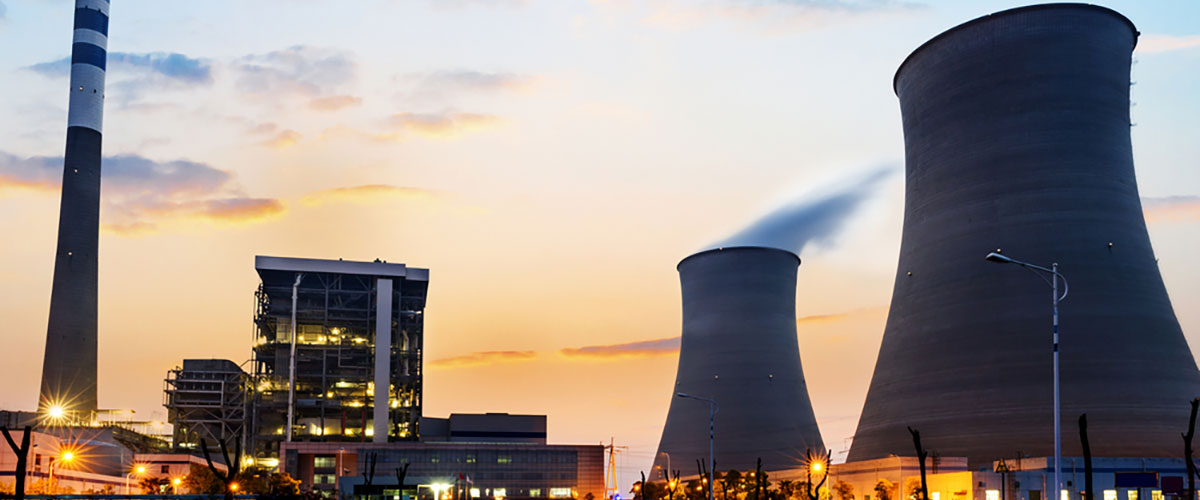Better Plants Progress Update Fall 2014
HELP US REACH 2030
ENDORSE THE GOALLeading manufacturers in the Better Buildings, Better Plants Program are taking on bold commitments to improve energy efficiency across their operations. Building on President Obama’s Better Buildings Initiative and the Administration’s broader efforts to double energy productivity by 2030, the U.S. Department of Energy (DOE) works with manufacturers to set corporate-wide energy reduction goals, improve energy management, and track and report their progress.
The industrial sector accounts for one-third of all energy consumption in the United States1—more than any other sector—and across the country, manufacturers spend over $200 billion each year to power their plants.2 While U.S. industry has already made significant improvements in energy efficiency, more opportunities exist. The industrial sector has the potential to invest more than $100 billion in cost- effective, energy-efficiency technologies by 2020, which would result in annual energy savings of almost $50 billion.3 Over the past four years, Better Plants Partners have made good on their commitments to capture these opportunities and demonstrate that strong energy management practices are good for business and the environment.
Since the fall of 2013, the Better Plants Program has grown in both size and scope, with the addition of over 20 new partners and the launch of two separate pilot initiatives focused on promoting energy management throughout the supply chain and improving water efficiency. Today, more than 140 companies representing almost 11% of the total U.S. manufacturing energy footprint are partnering with DOE through Better Plants.4 Partners have reported5 estimated cumulative savings of about 320 trillion British thermal units (TBtu) and almost $1.7 billion in energy costs (see Table 1).6 Through 2013, the average annual energy intensity improvement rate across the program was about 2.4%.7 This is significantly above the 0.6% annual improvement DOE estimates the U.S. industrial sector experienced between 2000 and 2011, net of structural changes over that time, such as a shift in production to less energy intensive goods.8 It is also above a 1.2% projected business as usual rate of improvement for U.S. industry, inclusive of structural shifts, derived from projections from DOE’s Energy Information Administration.


